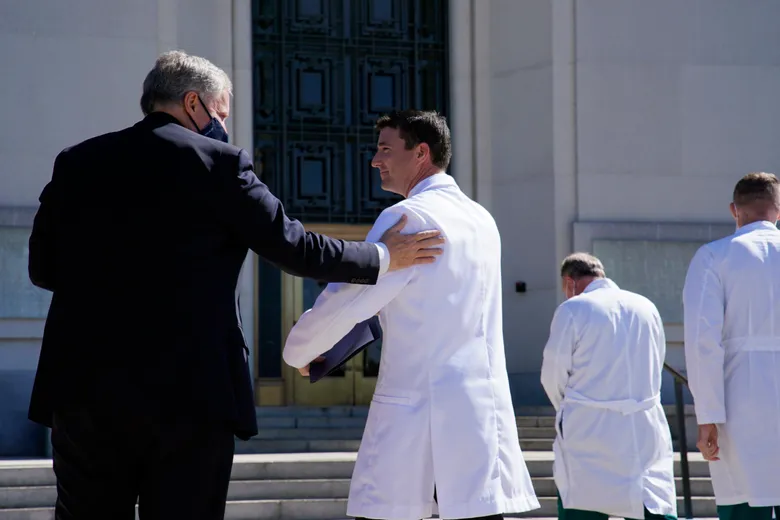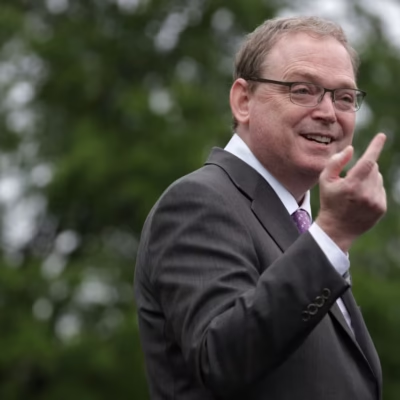Trump policies impact on doctors and lawyers — this has become a major topic of discussion among aspiring professionals and educators. During Donald Trump’s presidency (2017–2021), several immigration and education-related policy changes created ripple effects in various professions, especially in the medical and legal fields. While these professions are often seen as highly stable and respected career paths, the journey to becoming a doctor or lawyer became more complicated for many during that period.
In this article, we’ll explore how Trump’s policies affected the pathways to becoming a doctor or lawyer in the United States. We’ll focus especially on international students, minority applicants, and those relying on visa programs or federal aid. Whether you’re a student, a parent, or someone curious about the long-term impact of political decisions, this breakdown will give you a clear and easy-to-understand overview.
The Immigration Crackdown and Its Impact on Medical and Law Students
International Students Faced Visa Uncertainty
One of the biggest changes under the Trump administration was stricter immigration control, which heavily affected international students—the lifeblood of many U.S. universities and professional schools.
- In 2020, the Trump administration proposed a rule requiring international students to leave the U.S. if their classes moved online due to the COVID-19 pandemic.
- Though the policy was reversed after backlash, it created fear and instability among foreign medical and law students.
- Many international students found it hard to secure or renew F-1 student visas or H-1B work visas, especially if they were entering professional fields.
Impact:
International medical graduates (IMGs), who make up nearly 25% of the U.S. physician workforce, were at risk. Many were uncertain if they could complete their residency programs, which are required to become practicing doctors in the U.S.
H-1B Visa Restrictions Affected Residency and Employment
Trump’s executive orders restricted the H-1B visa program, commonly used by doctors and lawyers from overseas to work in the U.S. after graduation. Key changes included:
- Narrowing the definition of “specialty occupations,” which made it harder to qualify.
- Prioritizing higher wage levels, which disadvantaged entry-level workers—like fresh law school or med school grads.
Impact:
Residency programs and law firms became hesitant to hire international graduates, even when they were qualified, due to visa complications and delays.
Medical Education and Training Under Pressure
Reduced Federal Support for Medical Training Programs
Under Trump, funding cuts were proposed for several federal programs that support medical education:
- The Health Resources and Services Administration (HRSA) faced budget threats.
- Graduate Medical Education (GME) funding was targeted, which supports residency training programs.
Impact:
With limited resources, hospitals struggled to offer more residency slots. This meant fewer chances for both domestic and international medical graduates to train in the U.S., even as doctor shortages worsened.
Delayed Licensing and Board Exams During COVID-19
When the COVID-19 pandemic hit, it coincided with several restrictive policies that created more delays:
- Medical licensing exams like the USMLE were postponed or canceled.
- Students on visas couldn’t leave or re-enter the U.S. easily for testing or clinical training.
Impact:
Becoming a licensed doctor in the U.S. became a slow, uncertain process. Some students had to delay graduation or residency start dates due to missed exams or paperwork delays.
Legal Education Also Took a Hit

Reduced Access to Federal Aid for Law Students
While Trump did not eliminate student loans, his administration proposed several cuts and changes:
- Plans to eliminate Public Service Loan Forgiveness (PSLF), which many law students rely on.
- Attempts to reduce or end income-driven repayment programs.
Impact:
Many aspiring lawyers from middle- or low-income backgrounds reconsidered law school, fearing high debt with fewer safety nets.
Barriers for Immigrant Law Students
Just like their medical counterparts, immigrant law students also faced trouble:
- Visa restrictions delayed internships and clerkships.
- Law firms were reluctant to sponsor international students due to changing rules and extra legal hurdles.
Impact:
This narrowed the path for foreign-educated lawyers and international students seeking to practice law in the U.S.
How Did It Affect Minority and Underserved Communities?
One of the unintended outcomes of Trump’s policy changes was reduced diversity in medicine and law.
- Minority and first-generation students often depend on stable federal loan programs and inclusive visa policies.
- Cuts and restrictions discouraged these groups from pursuing higher education in professional fields.
In the medical field:
Rural areas and underserved urban neighborhoods often rely on IMGs and minority doctors. Fewer of them meant lower healthcare access for these communities.
In the legal field:
Reduced diversity among lawyers could mean less representation in legal cases, policymaking, and social justice efforts.
What Policy Changes Were Introduced by Trump?
Here are some of the key Trump-era policies that indirectly or directly affected future doctors and lawyers:
| Policy/Action | Description | Impact on Aspiring Professionals |
|---|---|---|
| Travel Bans | Limited entry from Muslim-majority countries | Affected students from affected nations |
| Visa Policy Overhauls | Increased H-1B and F-1 restrictions | Harder for foreign students to study/work |
| PSLF Reform Proposals | Plans to end forgiveness for public service jobs | Law grads in public interest law impacted |
| Tax Reform | Limited deductions for student loans | Made education more expensive |
| Proposed GME Cuts | Reduced funding for medical residencies | Fewer training slots for new doctors |
Did Anything Positive Come Out of It?
While most impacts were restrictive, some professionals argue that:
- The policy shifts increased awareness of the system’s fragility.
- Universities and hospitals began offering more direct support to international students.
- Some law schools promoted advocacy and immigration law programs in response.
However, the negatives outweighed the positives for most aspiring doctors and lawyers during this time.
What Has Changed Since Trump Left Office?
Since President Joe Biden took office in 2021, several of these Trump-era policies have been rolled back or revised:
- Visa processes have become more streamlined again.
- PSLF reforms have made loan forgiveness more accessible.
- Diversity and inclusion efforts in education and professional schools have been revived.
Still, the lingering fear and trauma from the Trump years have left a mark on the system. Recovery is ongoing, but the journey to becoming a doctor or lawyer is still more difficult than it was a decade ago—especially for immigrants and low-income students.
Final Thoughts
Trump policies impact on doctors and lawyers in many significant ways, mostly by making the path more difficult for international students, immigrant professionals, and underprivileged communities. From visa restrictions and funding cuts to changes in student loan programs, the Trump administration created an environment of uncertainty and barriers in both the medical and legal fields.
Understanding these effects is essential—not just for students and families, but also for policymakers, educators, and employers. If the U.S. wants to maintain a strong healthcare system and justice system, supporting future doctors and lawyers—regardless of their origin or financial background—is more important than ever.
Do Follow USA Glory On Instagram
Read Next – UCLA Trump Administration Funding Talks: $584M Freeze Under Negotiation






